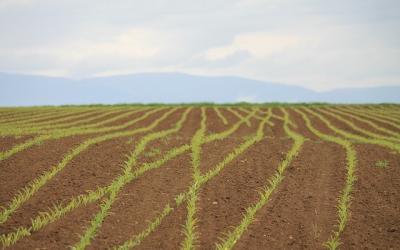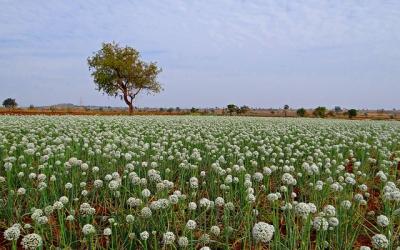LA DISTRIBUCIÓN SOCIO-TERRITORIAL DE LAS FUENTES DE ABASTECIMIENTO DE AGUA POTABLE EN EL ESTADO Y MUNICIPIO DE TLAXCALA, MÉXICO 2010-2020
THE SOCIO-TERRITORIAL DISTRIBUTION OF THE DRINKING WATER SUPPLY SOURCES IN THE STATE AND MUNICIPALITY OF TLAXCALA 2010-2020
DOI: https://doi.org/10.51896/OIDLES/UILO8965
Fecha recibido: 22/04/2021 | Fecha publicado: 07/09/2021 | Fecha corregido: 25/06/2021 |Autores
Sinai Vázquez Jiménez y Rafael de Jesús López Zamora
RESUMEN
El crecimiento de la población y de las actividades económicas en los últimos años ha traído problemas socio-territoriales en la distribución, disponibilidad y demanda del agua de uso urbano; por lo que a pesar de considerar la normatividad vigente, los datos de la Comisión Nacional del Agua (CONAGUA), de la Comisión de Agua Potable y Alcantarillado del Municipio de Tlaxcala (CAPAM) y de los comités locales, muestran que aún sigue existiendo un sector de población vulnerable que no cuenta con un servicio eficiente y justo, por ello, el presente tiene como objetivo investigar cómo se da la distribución de la oferta y la disponibilidad del agua potable respecto a la distribución social de la demanda en el territorio del Estado y en particular en el municipio de Tlaxcala. Para ello se destaca la importancia y el papel de la distribución socio-territorial de las fuentes de abastecimiento y almacenamiento de agua potable (pozos profundos y tanques de almacenamiento) en la prestación de los Servicios de Agua Potable, Alcantarillado y Saneamiento (SAPAS), a través de la georreferenciación ligada a la variable población y desde la proximidad, calculada con el Sistema de Información Geográfica (SIG) mediante el programa QGIS, lo que dio como resultado y llevo a la conclusión final de que la planeación hidráulica urbana debe considerar el aumento y comportamiento de la población como variable clave en la distribución socio-territorial de los SAPAS para lograr coberturas menos desiguales, más justas y más eficientes respecto a la demanda social de aquellos servicios.
Palabras clave: Servicio de agua potable, servicio público, distribución socio-territorial, normatividad y planeación hidráulica.
THE SOCIO-TERRITORIAL DISTRIBUTION OF THE DRINKING WATER SUPPLY SOURCES IN THE STATE AND MUNICIPALITY OF TLAXCALA 2010-2020 *.
ABSTRACT
The growth of population and economic activities in recent years has brought about socio-territorial problems in the distribution, availability and demand of water for urban use; Therefore, in spite of taking into account the current regulations, the data of the National Water Commission (CONAGUA), the Drinking Water and Sewerage Commission of the Municipality of Tlaxcala (CAPAM) and the local committees, show that there is still a sector of vulnerable population that does not have an efficient and fair service. The present study aims to investigate how the distribution of drinking water supply and availability compares to the social distribution of demand in the territory of the State and in particular in the municipality of Tlaxcala. For this purpose, the importance and role of the socio-territorial distribution of drinking water supply and storage sources (deep wells and storage tanks) in the provision of Drinking Water, Sewerage and Sanitation Services (SAPAS) is highlighted. This is done through georeferencing linked to the population variable and considering proximity, using a Geographic Information System (GIS) (QGIS software). This analysis resulted and led to the final conclusion that urban hydraulic planning should consider the increase and behavior of the population as a key variable in the socio-territorial distribution of the SAPAS in order to achieve less unequal, fairer and more efficient coverage with respect to the social demand for those services.
Key words: Drinking water service, public service, socio-territorial distribution, water regulation and planning.


